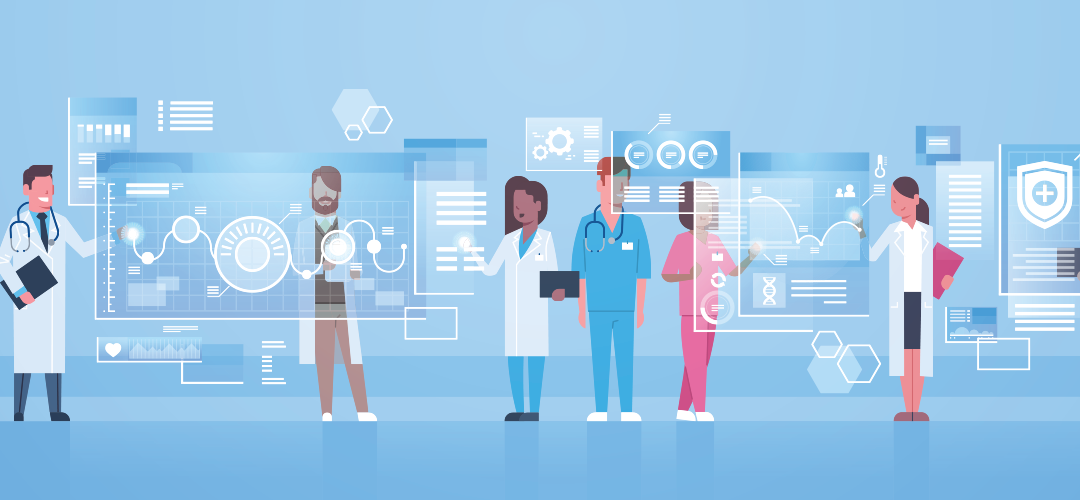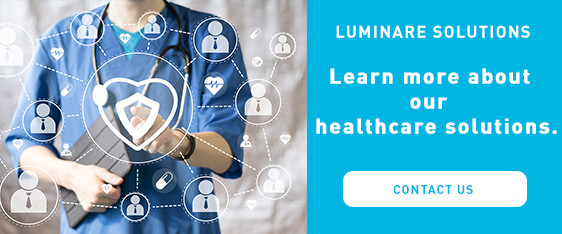
The Impact of the 21st Century Cures Act on Innovation
By: Natalie Cheng
What is the 21st Century Cures Act and why is it so important to healthcare innovation? To start, the 21st Century Cures Act or Cures Act for short was signed into law in December 2016 and is designed to help accelerate medical product development and bring new innovations and advances to patients who need them faster and more efficiently. In addition, one of its provisions includes the ONC’s Cures Act Final Rule, which was implemented to support seamless and secure access, exchange, and use of electronic health information. The rule gives patients and their healthcare providers secure access to health information. Its purpose is to also increase innovation and competition by fostering an ecosystem of new applications to provide patients with more choices in their healthcare.
Because of the final rule, the healthcare industry is called upon to adopt standardized application programming interfaces (APIs), which will allow individuals to securely and easily access structured electronic health information using smartphone apps. In addition, the rule includes a provision requiring that patients can electronically access all their electronic health information (EHI), structured or unstructured for free. To support access and exchange of EHI, the rule implements the information blocking provisions of the Cures Act. This final rule makes a big impact and puts data in the hands of patients and ultimately opens the door to new innovations.
Patient Access to Digital Electronic Medical Records for Free
As stated earlier, the ONC’s Cures Act Final Rule allows patients to get electronic access to all their electronic health information at no cost. Providers must make the entire electronic health record easily accessible to patients. It’s easier said than done. Healthcare providers will have to assess their current systems and processes to make sure that they are able to give patients access to the entire electronic health record. As Pat Combes, a worldwide technical leader in healthcare and life sciences at Amazon Web Services has stated, “The biggest barrier to physicians having the most complete medical history for their patients at every point of patient care is the lack of interoperability among information systems. This prevents electronic health records and data from other systems from following a patient.” In addition, providers are dealing with incomplete, disparate, and disconnected data. According to Combes, “Most health and patient data is stored as unstructured medical format and identifying information in the data is a manual and time-consuming process. There are significant variations in the way data is shared, read and understood across health systems, which can result in information being siloed and overlooked or misinterpreted.” There’s room for innovation here and it’s up to healthcare providers to ensure that their systems are interoperable to get the full picture. Fortunately, there are industry guidelines and resources such as the Fast Healthcare Interoperability Resources (FHIR) from Health Level Seven International (HL7) to help set a standard and allow for healthcare solution providers to build secure, compliant, and scalable solutions.
Patients Will Still Need Help Interpreting Health Information
Even if healthcare information is widely available, patients will still need to consult with physicians in order to understand and interpret the information. For a healthcare provider to put all this information together in an easy-to-understand way, it will require a manual, time-consuming process. One way to alleviate this issue would be to find or create a system that can help consolidate and simplify the data so that patients can understand it. This will be incredibly helpful to patients and to the provider, saving time and valuable resources.
What’s Next?
The 21st Century Cures Act helps foster innovation and will make a major impact on digital and virtual care moving forward. Patients will be able to get their healthcare data and have a better overall picture of their own health. In addition, patients can choose to share their health information with a third party which can improve overall care because patients can grant access to other healthcare providers and people assisting with managing their medical treatment.
Are you a healthcare provider that is looking for guidance on interoperability and solutions to improve data retrieval from medical records? Our team would be happy to chat with you. Feel free to contact us.


